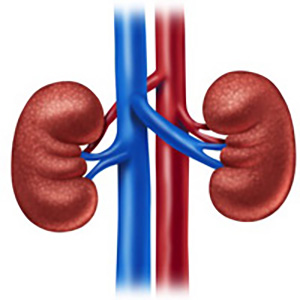 Smart Citations
Smart CitationsSee how this article has been cited at scite.ai
scite shows how a scientific paper has been cited by providing the context of the citation, a classification describing whether it supports, mentions, or contrasts the cited claim, and a label indicating in which section the citation was made.
Urinary epidermal growth factor and monocyte chemotactic protein-1 as biomarkers of renal injury in patients with obstructed nephropathy
Objective: To evaluate the role of urinary Monocyte Chemotactic Protein-1 (MCP1) and urinary epidermal growth factor (EGF) in diagnosing of upper urinary tract obstruction (UUTO).
Patient and methods: Over a period of 6 months (January 2022 to June 2022) this prospective case control comparative study was conducted on 120 participants, 60 of them with UUTO and 60 healthy controls. A morning urine sample of all participants was tested for EGF and MCP-1. after taking a detailed history taking and laboratory and radiological evaluation.
Results: Urinary MCP-1(uMCP-1) was significantly (p-value = 0.000) increased in UUTO group showing a mean ± SD of 518.10 ± 51.19 ng/L compared to a mean ± SD of 143.32 ± 58.03 ng/L in the controls, whereas a significantly (p-value = 0.000) decrease of urinary EGF (uEGF) was observed in patients with UUTO compared to control group. A significant difference of uEGF level and uEGF/uMCP1 ratio was observed between mild compared to moderate/severe UUTO.
Conclusions: Utilization of the urinary biomarker MCP1, EGF and uEGF/uMCP1 ratio in patients with UUTO can adequately be used as a simple, efficacious and noninvasive way in diagnosis of UUTO.
How to Cite

This work is licensed under a Creative Commons Attribution-NonCommercial 4.0 International License.
PAGEPress has chosen to apply the Creative Commons Attribution NonCommercial 4.0 International License (CC BY-NC 4.0) to all manuscripts to be published.

 https://doi.org/10.4081/aiua.2022.4.443
https://doi.org/10.4081/aiua.2022.4.443





